Anyone who’s been around crypto over the past 4–5 years won’t be shocked by the narrative fireworks we’re seeing right now - it’s a seasonal thing, especially as we head into the final stretch of the year.
The issue, however, is that in the noise of new launches and shifting hype cycles, many genuinely interesting developments risk being overlooked.
One worth pulling into the spotlight is the fact that we’re witnessing a shift in how crypto brings people onchain, moving from passive adoption to a far more aggressive, deliberate push.
How we’ve brought people onchain so far:
- Build crypto-native applications that strip away the complexities and make the experience seamless - designed to capture the attention (and trust) of the everyday user.
- Bring traditional companies and web2 platforms onchain by getting them to experiment with existing crypto infrastructure, creating natural bridges for mainstream adoption.
These approaches do work, but nowhere near well enough to bring a meaningful portion of the world onchain.
For perspective, despite crypto being more than a decade old, global adoption remains at just 7.2%.
Meanwhile, organizational global adoption of artificial intelligence reportedly sits at 78%, flexing a compound annual growth rate of 35.9%. In fact, it’s projected to grow 5x in market size by 2030.

This doesn’t come off as surprising, considering a lot of VC capital is now flowing to AI, with a sharp drop in funding for crypto products.
This suggests that the slowdown in crypto adoption is primarily driven by dissatisfaction with the performance and revenue generated by existing products.
However, there might be light at the end of the tunnel with Inversion Capital’s recent announcement of their strategy to bring real GDP onchain.
We believe that this could well be early signs of a new phase, one that introduces a more structured approach to adoption through private equity.
In the following paragraphs, we’ll break down the fundamentals of this strategy, explore what it truly means to bring GDP onchain, and assess how this approach could spark adoption in ways distinct from the catalysts we’ve seen so far.
The previous strategies: Issues

The way lending in crypto has evolved over time is a solid example of onchain building businesses, targeting a global audience.
The moat for crypto lending is permissionless access, 24/7 liquidity, instant settlement, and a level of transparency that traditional lending markets rarely achieve.
These features give crypto lending platforms an edge, and they’ve successfully served a niche of crypto-native users seeking yield or leverage.
But that moat hasn’t translated into mass scale. Has it?
The truth is that the model still depends heavily on overcollateralization, limiting participation to those who already hold substantial crypto assets.
This, of course, lacks meaningful ties to the broader economy, making it more of a closed loop than a bridge to mainstream finance.
The result is a significant difference between the total value locked in lending protocols onchain and the current statistics of global private debt - the former being at an all-time high of ~$83 billion, while the latter sits at a staggering $150 trillion.
Looking at the other approach, i.e., bringing traditional companies into crypto by getting them to experiment with the infrastructure. What we see are similar limitations.
For one, most of these efforts have been shallow, often little more than surface-level integrations designed to capture a trend.
At best, they end up as competitive replicas of what crypto-native applications are already building, while keeping their existing non-crypto aspects of business sacrosanct.
Rather than leveraging their unique scale or industry advantages, many of these TradFi experiments have felt like short-term plays for attention.
It is clear that for crypto adoption to move from an incremental scale to more of an exponential growth, a new strategy has to be implemented.
What is private equity?
As policies around crypto become increasingly friendlier, we are beginning to see the need to explore more traditional vehicles to drive crypto adoption.
Private equity (PE) occupies a unique position in this regard because of its sheer scale and influence in capital allocation in the TradFi world.
Private equity is an investment strategy that focuses on long-term value creation by backing businesses that drive real productivity and growth.
At the moment, the global market size of private equity markets sits at ~$14 trillion, i.e., more than three times crypto’s total market cap (~ $4 trillion).
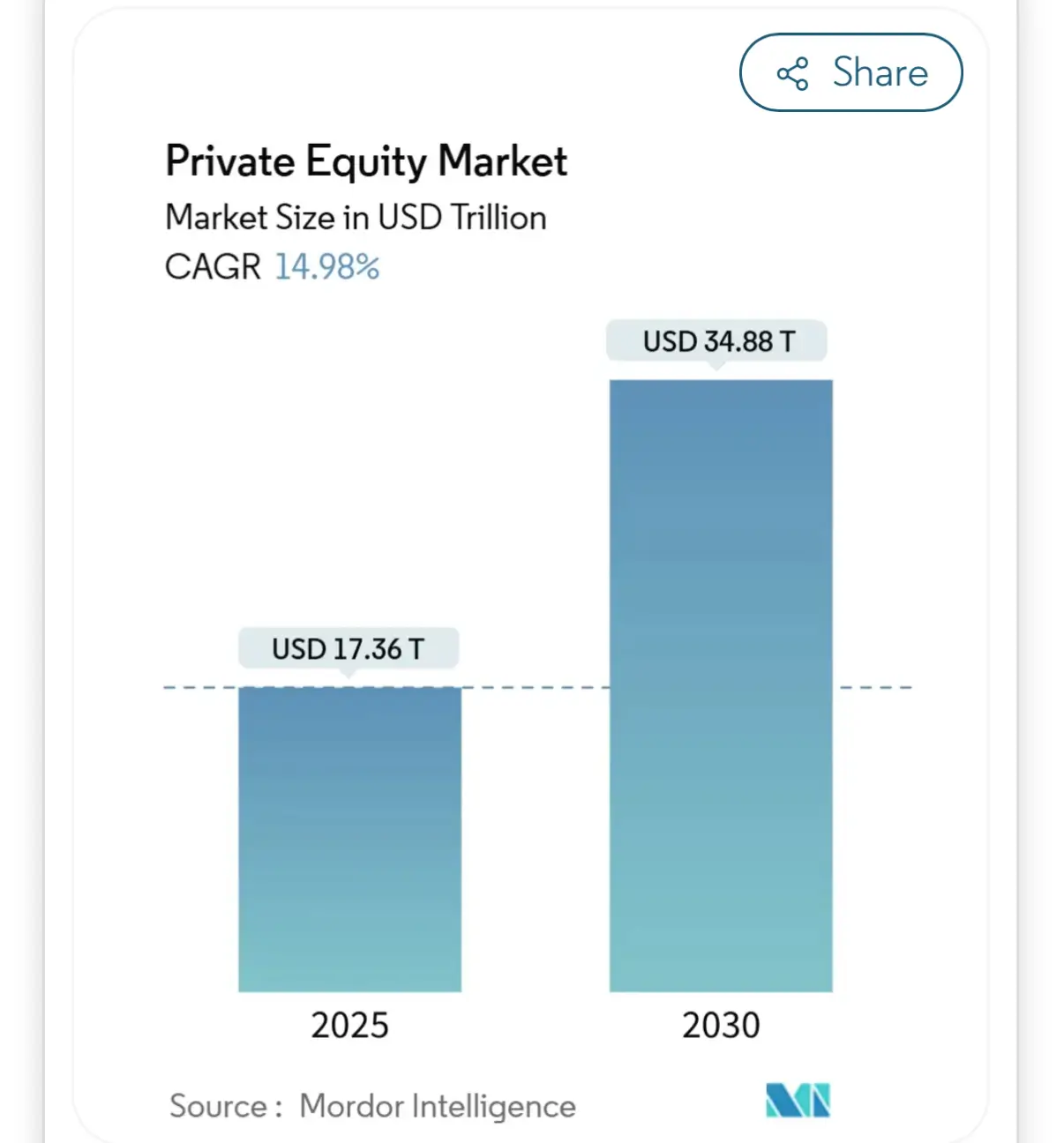
With trillions of dollars under management globally, PE undoubtedly plays a significant role in shaping innovation.
Private equity vehicles act as key drivers of growth for global economies, with Asia being the biggest beneficiary in recent years.
What makes this particularly relevant to the blockchain conversation is that private equity connects straight into the “real economy.”
The companies it invests in are often key GDP drivers, such as manufacturers, logistics providers, healthcare companies, and infrastructure projects - sectors where tangible value is created, but also areas where we’ve not seen as much of crypto’s value add.
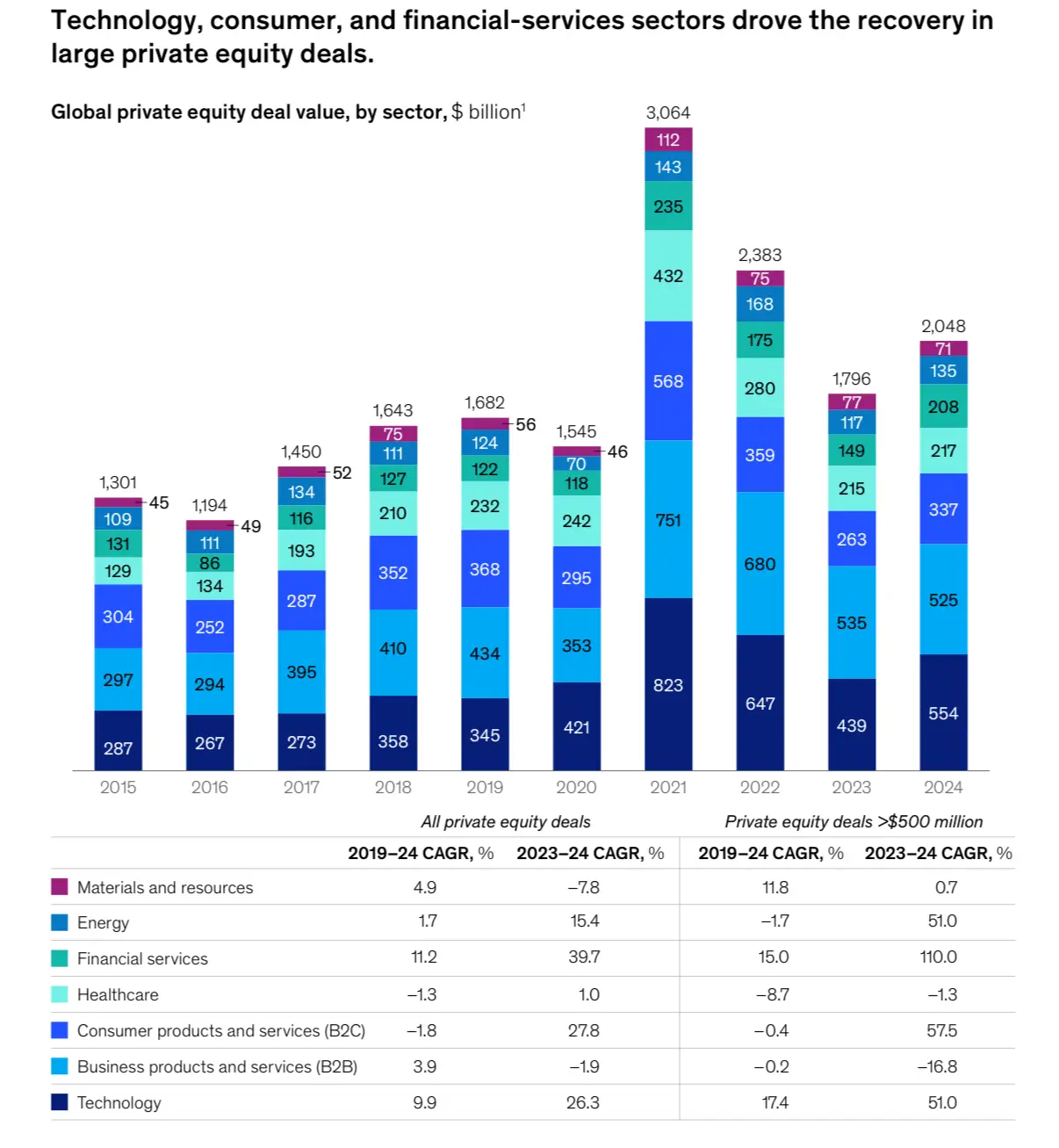
This is largely because the reality for private capital in crypto is that much of its deployed capital has funded financial primitives onchain, with very little going towards diverse economic drivers offchain.
The gap is obvious - while crypto’s use case extends beyond finance to encapsulate other industries, capital flowing in one direction is slowing adoption.
Inversion Capital: Private equity as a Trojan horse
A few weeks ago, Inversion Capital announced a seed round raise of $26.5 million led by DragonFly. Its mission is to drive crypto adoption with somewhat of a Trojan horse strategy.
In practical terms, what Inversion is proposing is to bring private equity–style operations into the crypto space.
This means pursuing direct buyouts of low-margin, off-chain legacy businesses - companies that may be struggling to remain competitive in their current form.

Once acquired, these businesses would be strategically transformed by integrating blockchain or crypto-based infrastructure into their operations.
The goal is twofold - to improve efficiency and competitiveness for the businesses themselves, while simultaneously creating on-ramps that bring their existing customer bases, often unsuspecting and non-crypto-native users, onchain.
This approach flips the typical adoption model on its head. Instead of trying to lure users into new crypto-native products or waiting for web2 companies to experiment with blockchain, Inversion’s strategy embeds crypto directly into the operations of everyday businesses.
The users aren’t asked to “make the leap” into crypto; rather, they encounter it seamlessly through services they already use.
Let’s paint a picture of how this might work using an industry traditional private equity firms are fond of, shall we?
Private equity logistics: Inversion Barbell

Logistics companies often struggle with issues such as thin margins, opaque supply chains, outdated settlement systems, and operational inefficiencies like warehouse underutilization.
Some of these issues can be fixed using blockchain tech by integrating onchain tracking for tamper-proof logs, allowing the supply chain to honestly track shipments, smart-contract payments to reduce the friction on payment time with regards to longer timeframe shipments that might settle more slowly, the creation of an economy around cargo underutilization, and stablecoins fixing cross-border payments where necessary.
Another compelling angle for a low-margin retail delivery company would be to introduce a tokenized loyalty and incentive program layered on top of blockchain infrastructure.
Imagine a system where timely deliveries are rated and rewarded through a points mechanism that accrues directly to the delivery drivers.
These points could then be converted into tokens, creating tangible economic upside for consistent performance.
At the same time, a small percentage of every payment for delivery services could automatically be allocated to burn tokens, establishing a deflationary flywheel that adds long-term value to the system.
Customers enjoy more reliable and transparent service, drivers are motivated to perform through token-based rewards, and the business itself benefits from stronger loyalty and efficiency.
Implementing some of these ideas and fixes could drastically cut inefficiencies and unlock new revenue streams for the business - a win-win situation for both crypto adoption and a private equity investment in such a company.
GDP onchain: Implications and challenges
Building on the example above, Inversion’s strategy could introduce a new way of thinking about gross domestic product onchain, acting as a Trojan horse for real enterprises to adopt blockchain without the glitz, glamour, and hype pertinent to the existing strategies.
Inversion’s approach grounds adoption in the everyday mechanics of economic activity.
GDP, after all, is sort of a metric universally recognized by governments and businesses as the ultimate measure of real-world value creation.
By anchoring blockchain innovation to GDP, what Inversion is attempting to do is to shift the narrative from crypto as a “speculative asset class” to crypto as infrastructure for the global economy.
We believe that this reframing has the power to significantly lower the psychological barriers that have so far kept mainstream enterprises and institutions on the sidelines.
Financialization of private equity vehicles
However, it must also be said that crypto will crypto - in other words, our prediction is that we will likely see the rise of multiple private equity vehicles like Inversion, which will inevitably lead to a new category in crypto that will be suited for even more financialized speculation.
What this means is that we might see folks trade private equity tokens and other derivatives from its market.
Moreover, a clear advantage of Inversion’s strategy is its potential to trigger a fresh cycle of innovation that redirects both private and public capital toward building infrastructure beyond crypto-native apps, rejuvenating capital flow back into crypto.

By focusing on acquisitions and investments in real offchain industries, this approach naturally creates demand for better tooling and integrated infrastructure.
In practice, that could mean adoption flows not just through custom-built solutions with long timelines, but increasingly more streamlined, plug-and-play crypto APIs that enterprises can easily integrate into their existing systems.
Looking ahead, this infrastructure shift could transform the developer ecosystem itself.
Instead of most talent being funnelled into building consumer-facing apps or speculative products, more energy and resources may move toward middleware, APIs, and integration layers that make blockchain invisible yet indispensable.
For businesses, that means blockchain becomes a utility capable of being one-clicked into logistics, payments, compliance, and reporting.
For crypto, it means adoption begins to compound such that each new integration lowers the barrier for the next, creating a virtuous cycle and melting pot for infra, capital, and users.
Foreseeable challenges
Without thinking too much, one challenge with Inversion’s strategy is that it will experience regulatory challenges across multiple jurisdictions while trying to acquire and migrate these businesses onchain.
Jurisdictional differences around securities laws, token classification, and investor protections could slow momentum, but the good news is that we are beginning to see early signs of increased favourable crypto policies (except our dear China), across the board, with the Trump-led US government playing a significant role in steering this shift.
Another issue could be the potential overshadowing speculation that might arise from the proliferation of private equity vehicles in crypto.
We’ve seen this with the extreme volatility of decentralized asset treasuries (DATs), and it may replicate itself with PE tokens, distorting the fundamentals and engineering a speculative bubble.
Concluding thoughts
It is clear that crypto is falling behind in terms of adoption and funding, and something needs to be done.
We have lived through a period of hype around the possibilities of the tech, yet so far only a handful of apps have exited the CT echo chamber.
If we must scale beyond this froth, we must bring real businesses onchain.
Stablecoins are a part of how this would happen, and we think the Inversion Trojan horse strategy could well be the missing part.
For nearly a decade, we’ve understood that blockchain could transform industries like healthcare, logistics, education, entertainment, hospitality, and beyond.
What was once abstract is now becoming clearer by the day; use cases are taking shape, and the pathways are more tangible.
What remains is the missing vehicle to complete the triad of infrastructure, capital, and users. Inversion’s strategy fills that gap.
We believe that this makes a lot of sense.
While, like all things crypto, this could be sort of financialized to an insanely highly speculative degree, it represents the truest form of actual internet capital markets solidified by a widely identifiable economic metric in GDP.











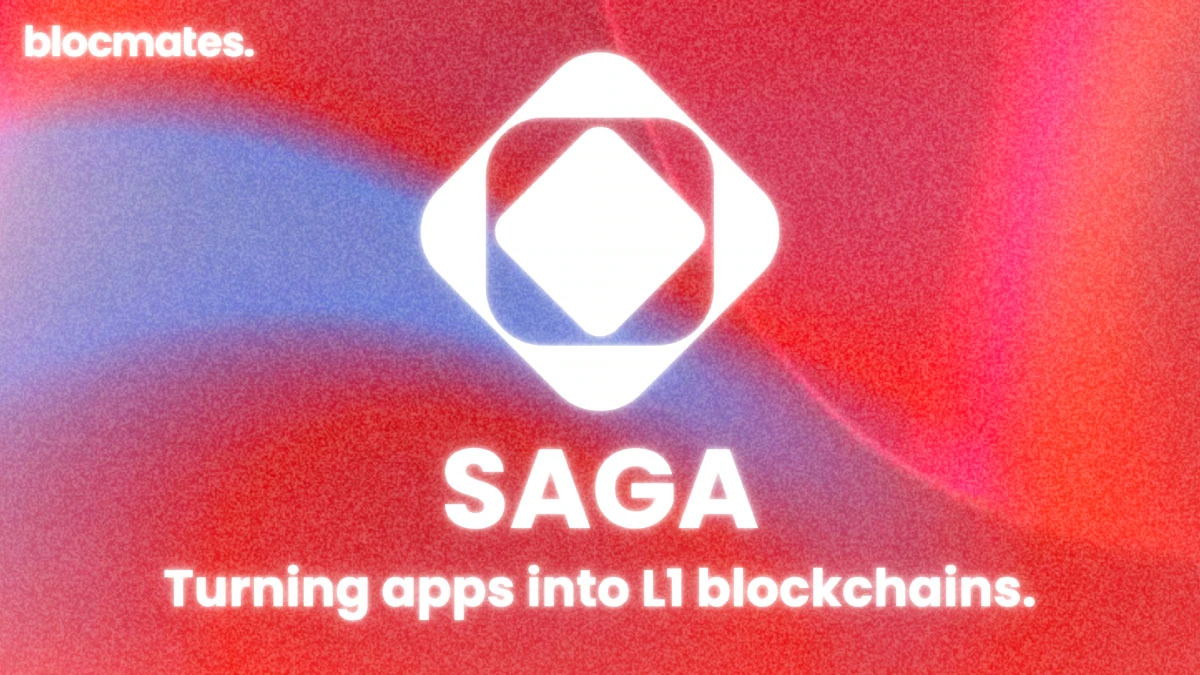



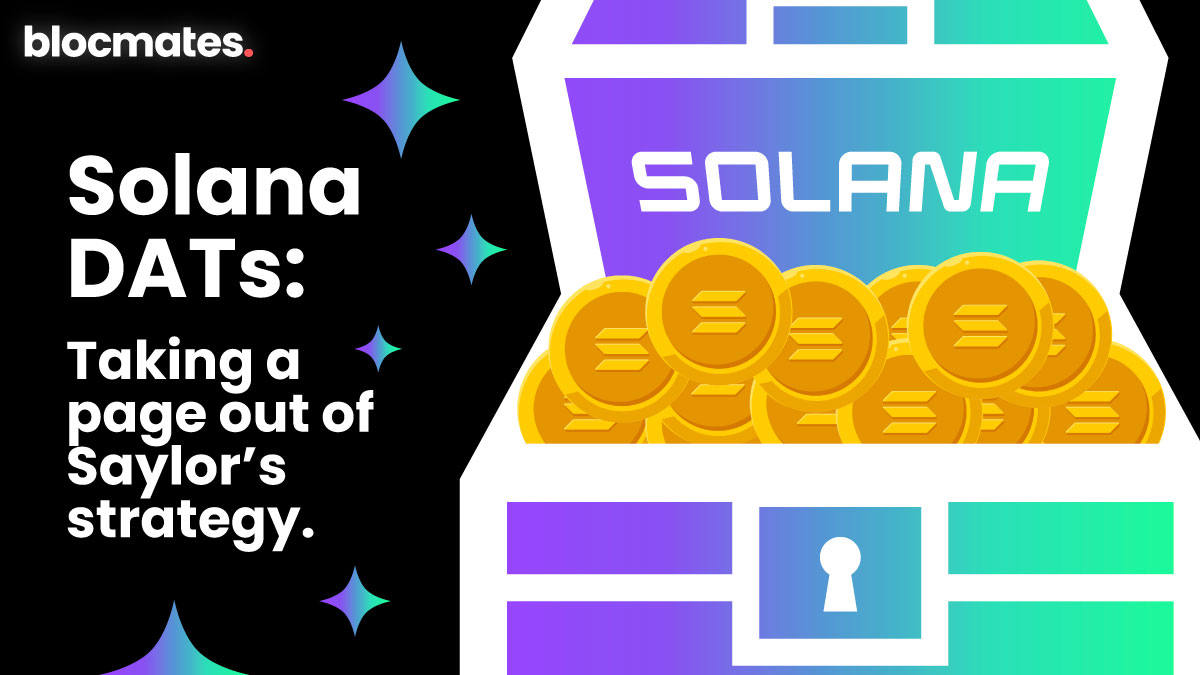
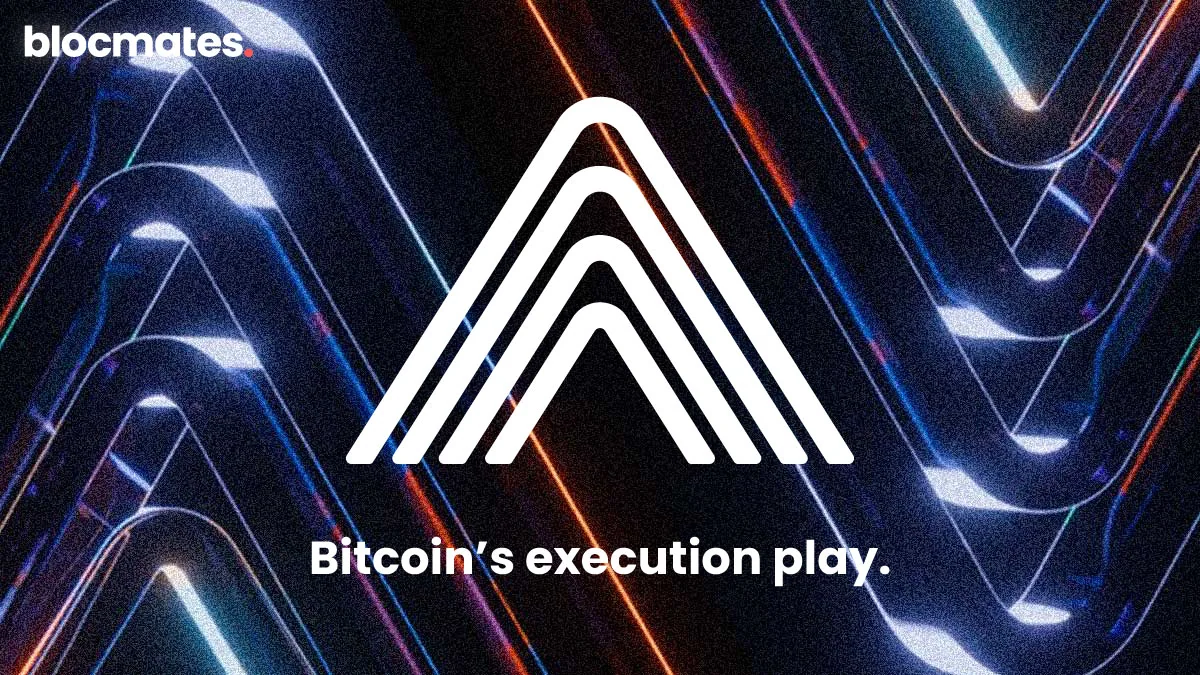

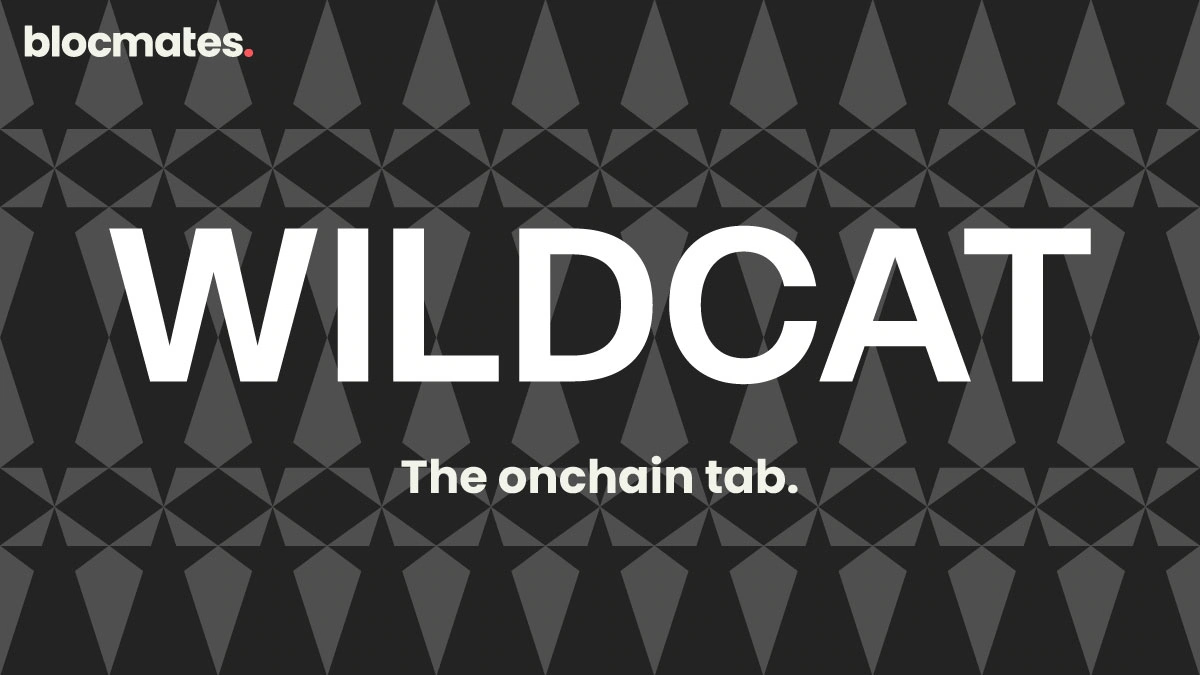

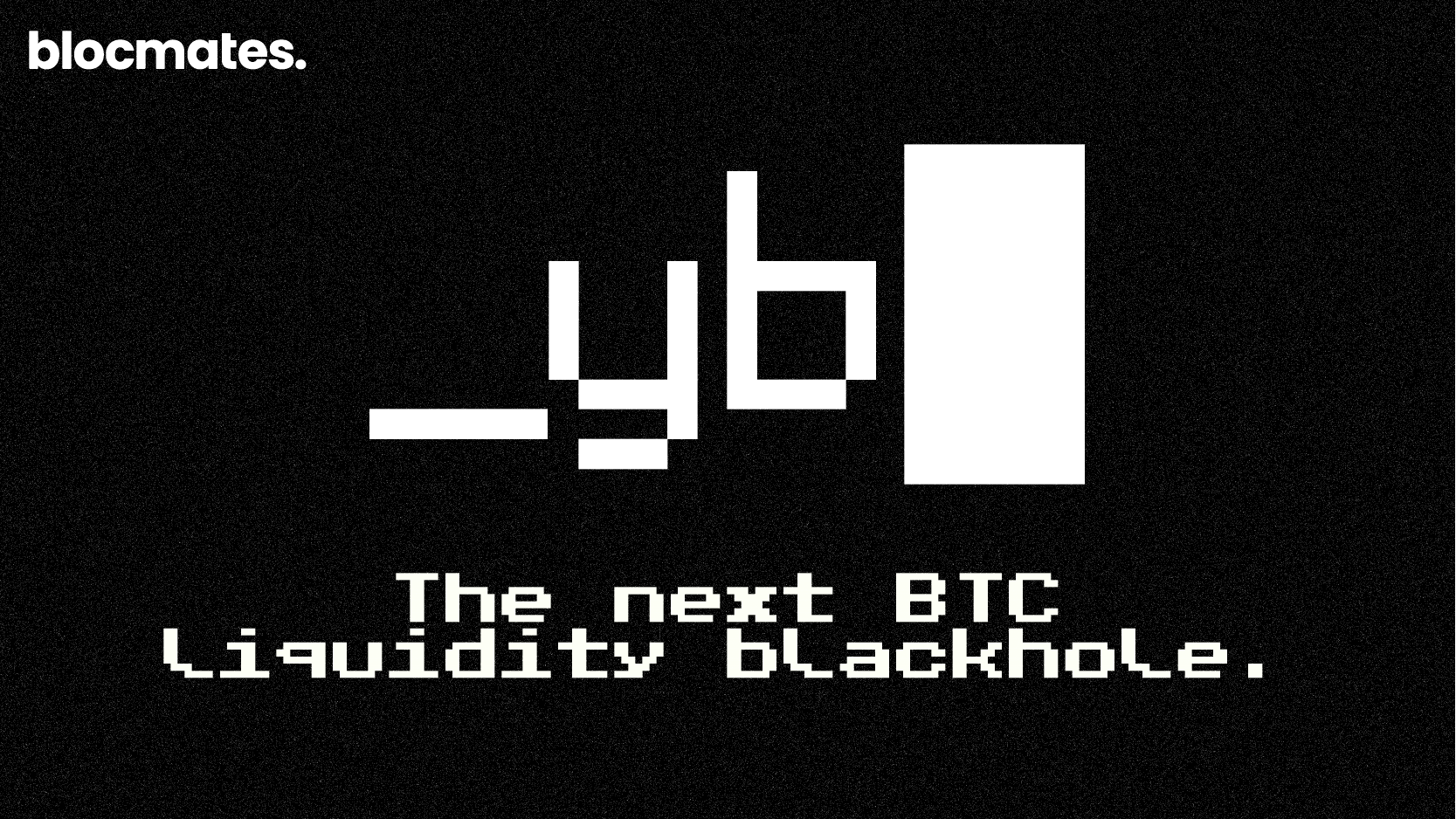



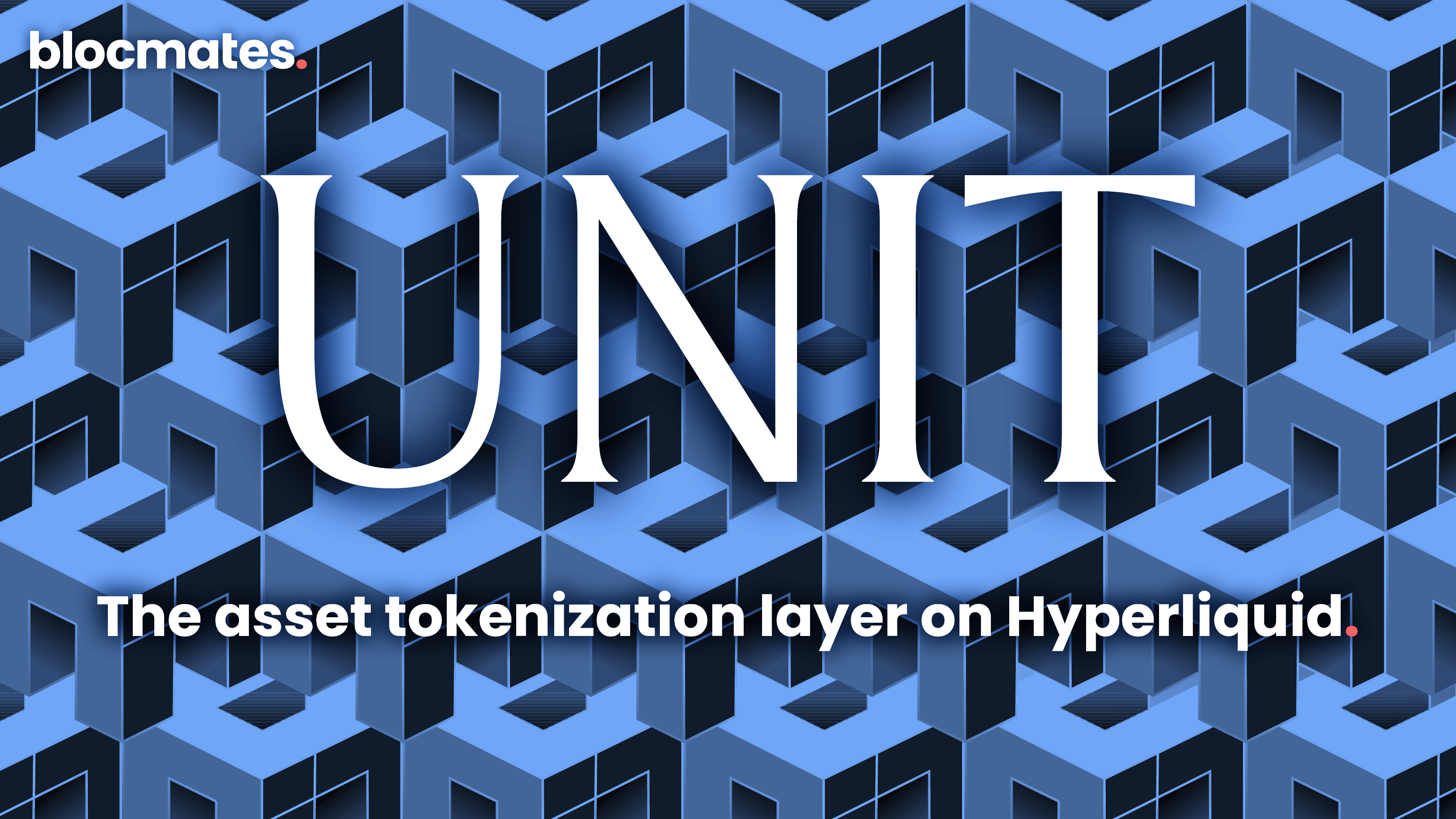
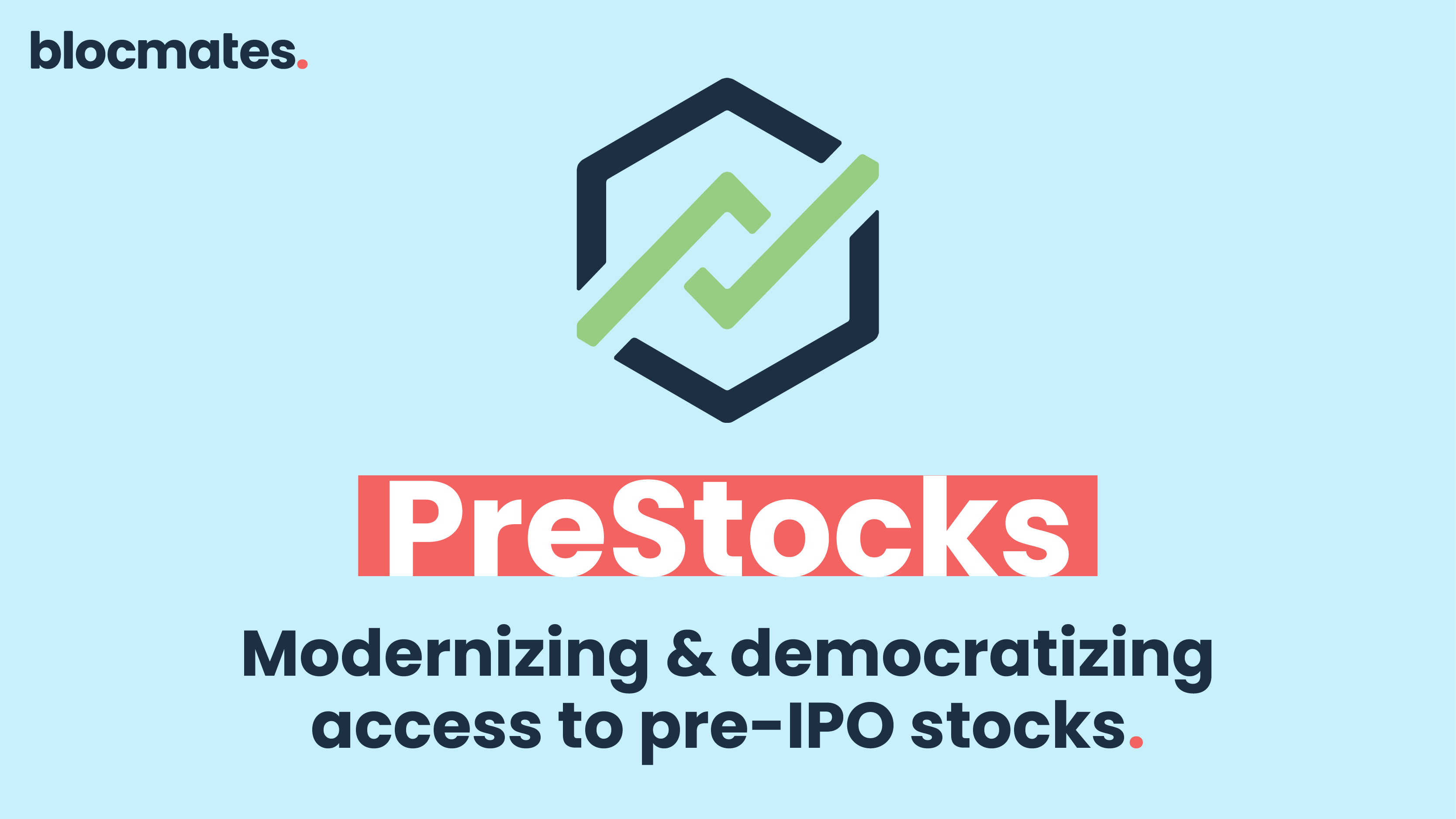



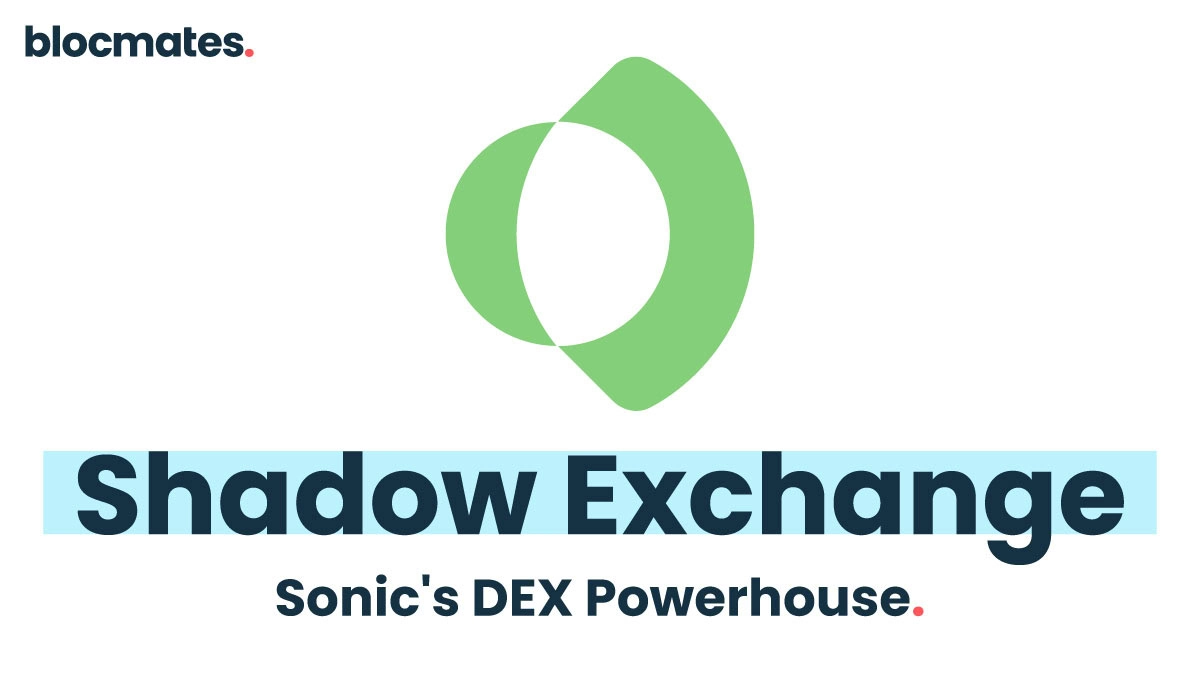



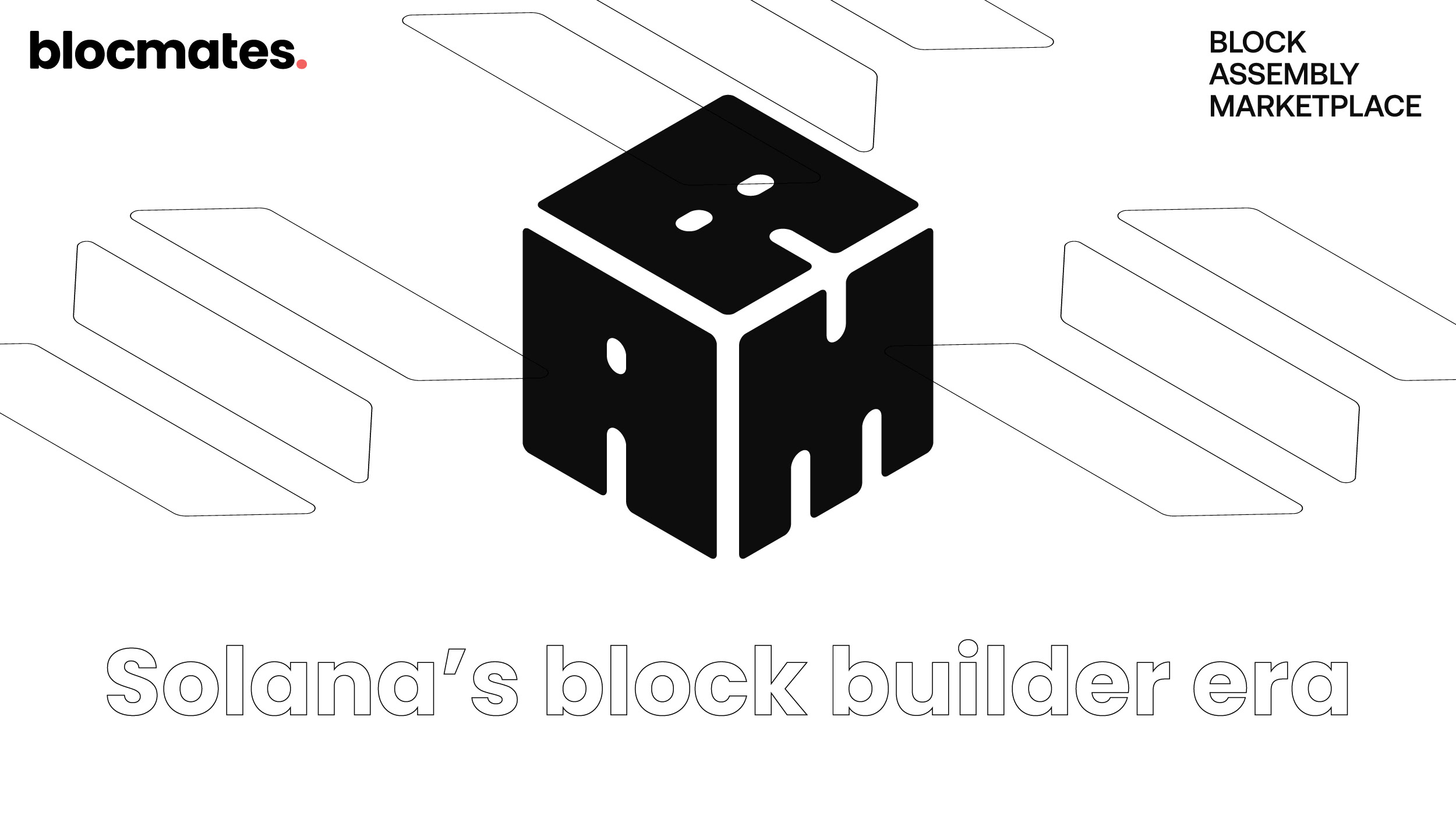



























%202.webp)


.webp)

.webp)
.webp)
.webp)


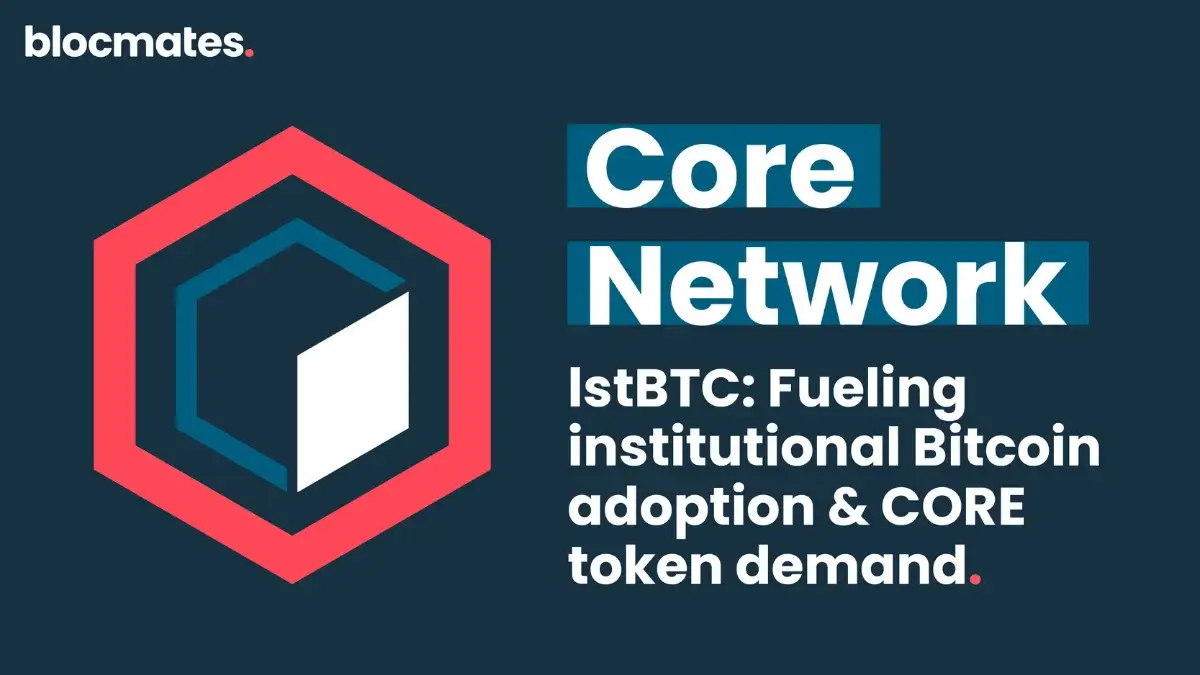
.webp)












%20the%20Next%20Big%20Unlock%20in%20AI.webp)






















.webp)
.webp)

.webp)
.webp)
.webp)


.webp)
.webp)










.webp)


.webp)









.webp)







.webp)
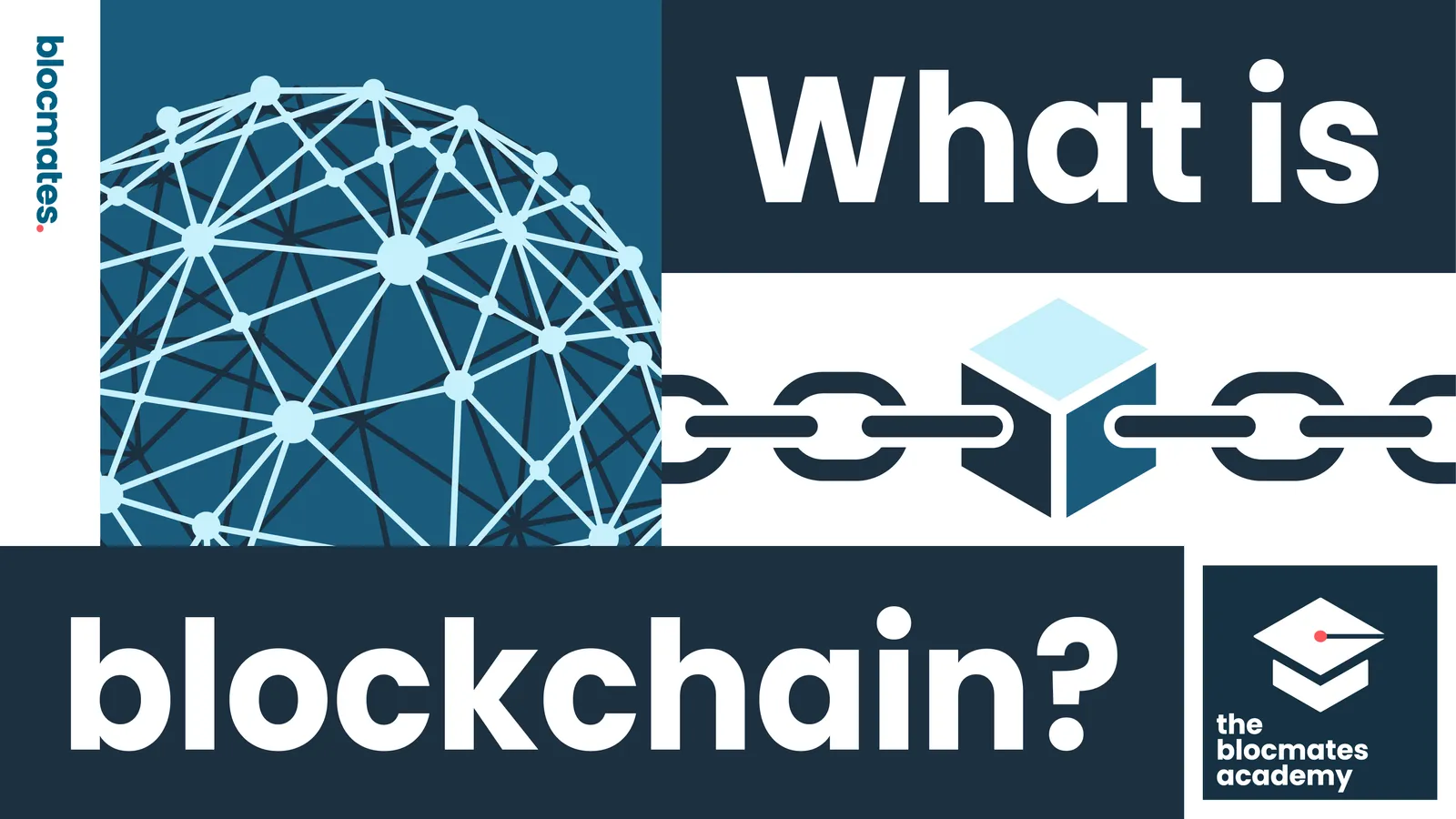



.webp)







.webp)





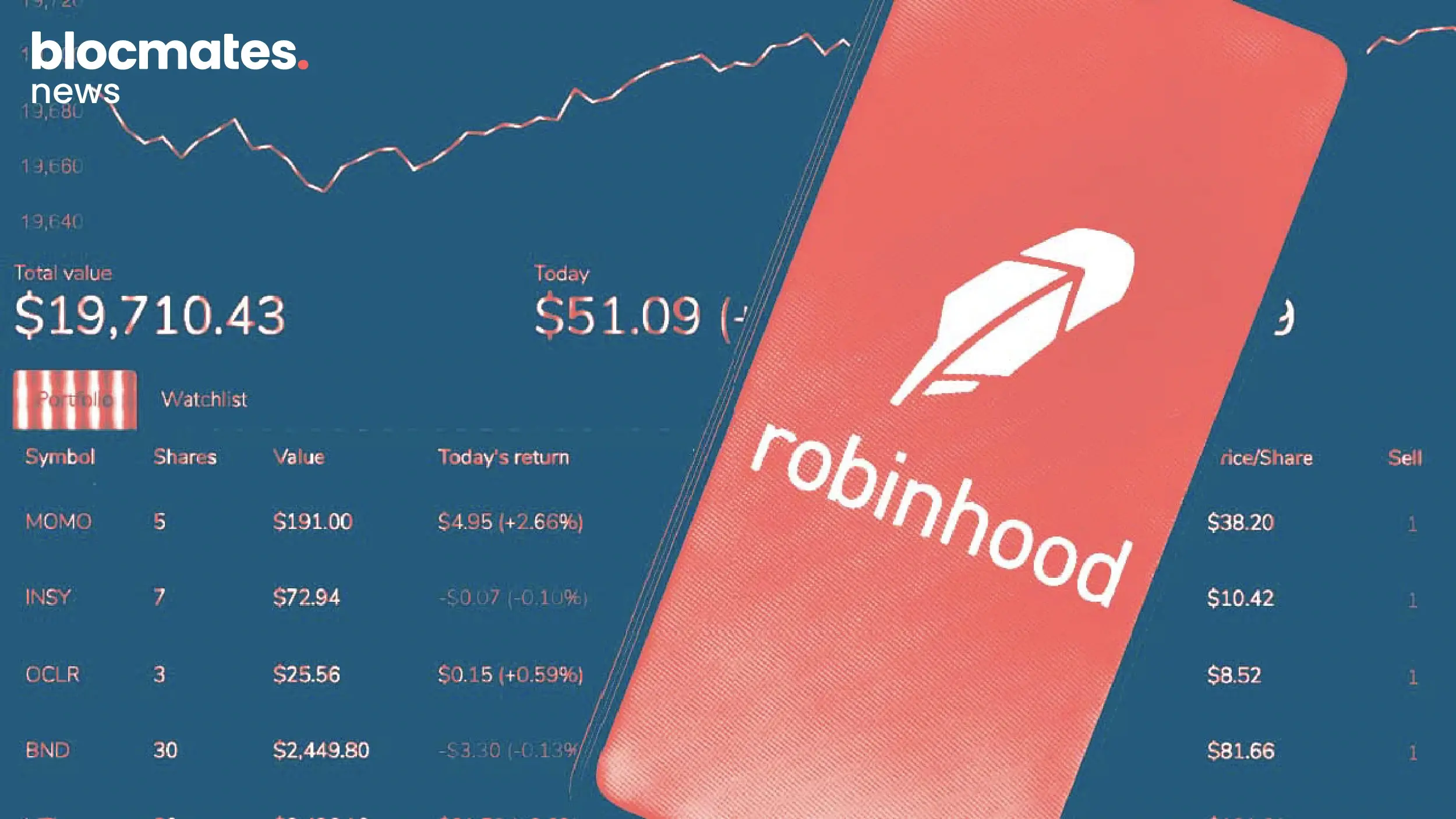


.webp)






.webp)

.webp)














.webp)











.webp)







.webp)
.webp)
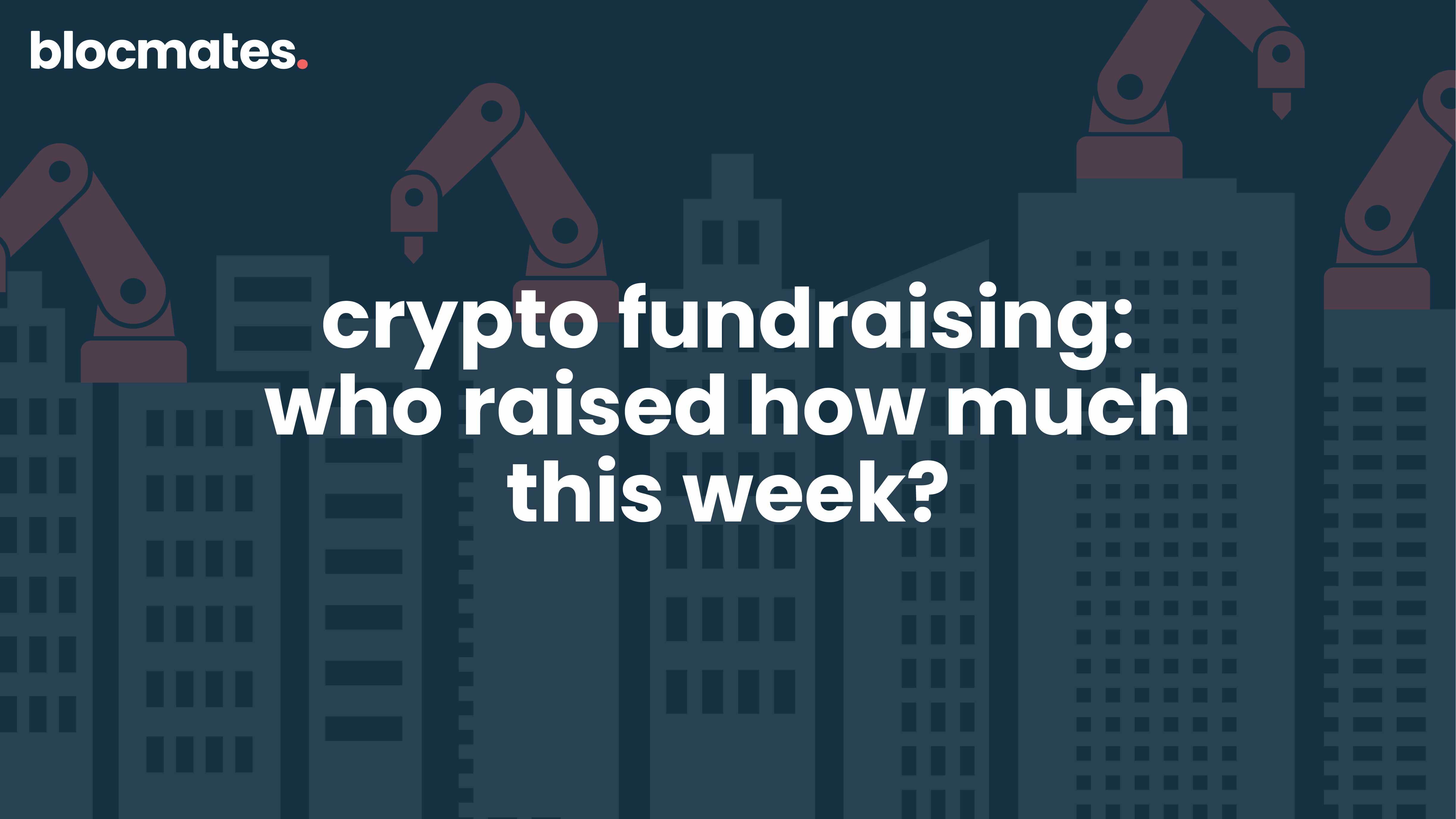











%20(1).webp)
.webp)
.webp)
.webp)
.webp)
.webp)











.webp)

